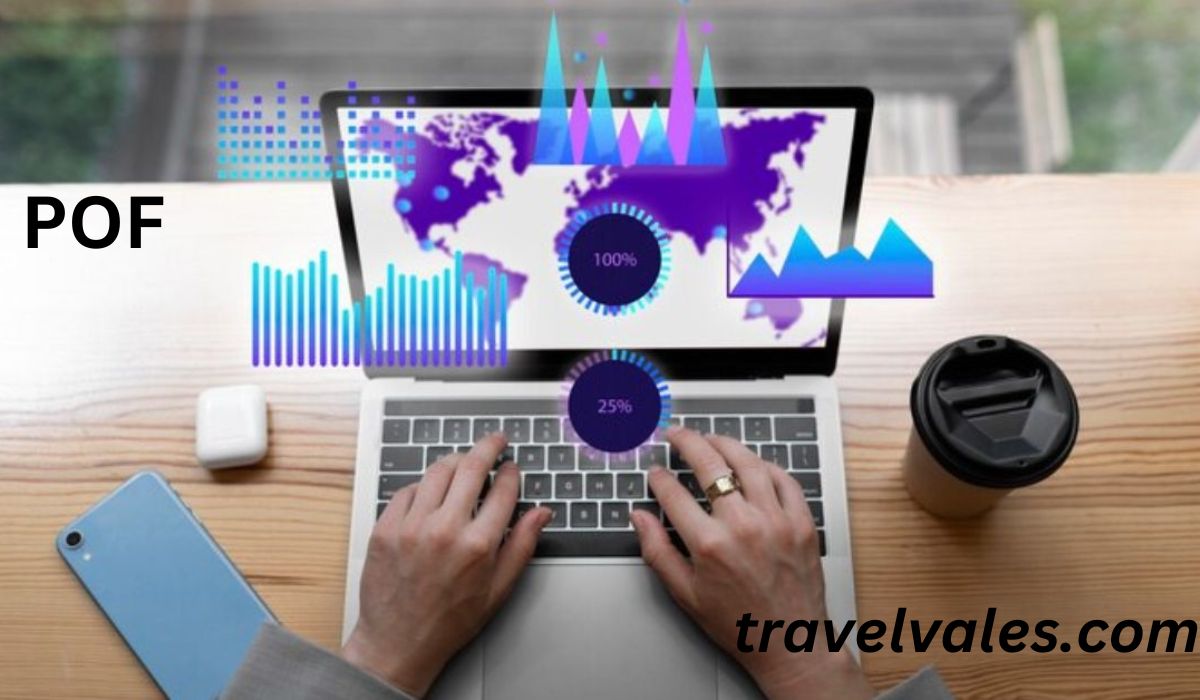Introduction
Imacion is a term that has been gaining traction in recent years. It’s essential to understand what it is, its significance, and its applications in various fields. This article will provide an in-depth look at imacion, covering its definition, history, uses, and future potential. We’ll break down complex concepts into simple, easy-to-understand language to ensure everyone can grasp the topic.
What is Imacion?
Definition
Imacion refers to the process of creating or simulating an image or environment, often using digital technology. The term is a blend of “image” and “simulation,” highlighting its focus on visual and experiential replication.
Key Characteristics
- Digital Creation: Imacion typically involves digital tools and software.
- Simulation: It aims to replicate real-world environments or create entirely new ones.
- Visual Focus: While it can encompass other senses, the primary focus is on visual representation.
History of Imacion
Early Beginnings
The concept of imacion has roots in early computer graphics and simulation technologies. The first steps were taken in the 1960s and 70s with basic computer-generated imagery (CGI).
Evolution Through the Decades
- 1980s: The introduction of personal computers made digital creation more accessible.
- 1990s: Advancements in software and hardware led to more realistic simulations.
- 2000s: The rise of virtual reality (VR) and augmented reality (AR) technologies expanded the scope of imacion.
- 2010s to Present: Continuous improvements in graphics processing and software capabilities have made imacion more immersive and realistic.
Applications of Imacion
Entertainment
- Movies and TV: CGI and special effects have revolutionized film and television production.
- Video Games: High-quality graphics and realistic environments enhance gaming experiences.
- Virtual Reality: Immersive VR games and experiences rely heavily on imacion.
Education
- Simulations: Virtual labs and simulations help students understand complex concepts.
- Interactive Learning: Educational apps and tools use imacion to make learning engaging.
Medicine
- Training: Medical simulations provide a safe environment for training surgeons and other healthcare professionals.
- Therapy: VR therapy for mental health issues leverages imacion to create calming or challenging environments.
Business
- Marketing: Brands use imacion for creating virtual showrooms and product demos.
- Training: Employee training programs use simulations to teach new skills safely.
Real Estate
- Virtual Tours: Potential buyers can explore properties remotely through virtual tours.
- Architectural Visualization: Architects use imacion to present detailed, realistic models of buildings.
How Imacion Works
Software Tools
Several software tools are crucial for imacion:
- 3D Modeling Software: Tools like Blender, Maya, and 3ds Max are used to create detailed 3D models.
- Rendering Engines: Software like Unreal Engine and Unity render these models into realistic images and environments.
- VR/AR Platforms: Oculus and HTC Vive are popular platforms for VR experiences.
Hardware Requirements
- Powerful GPUs: High-end graphics processing units (GPUs) are essential for rendering detailed images.
- VR Headsets: For immersive experiences, VR headsets provide the necessary interface.
- High-Resolution Monitors: Quality monitors ensure the visuals are clear and detailed.
Process
- Conceptualization: Define the environment or object to be created.
- Modeling: Use 3D modeling software to create digital models.
- Texturing: Apply textures to give models a realistic appearance.
- Lighting: Add lighting to enhance realism.
- Rendering: Use rendering engines to generate final images or environments.
- Testing: Test the simulation to ensure it meets the desired standards.
Benefits of Imacion
Enhanced Realism
Imacion allows for the creation of highly realistic environments that can be indistinguishable from the real world.
Cost-Effective
Creating digital environments can be more cost-effective than building physical sets or models.
Accessibility
Imacion makes it possible to experience places and scenarios that would otherwise be inaccessible, such as historical sites or dangerous environments.
Interactivity
Users can interact with imacion environments, making experiences more engaging and informative.
Challenges in Imacion
Technical Limitations
- Hardware Costs: High-quality hardware can be expensive.
- Software Complexity: Learning to use advanced imacion software requires significant training.
Realism vs. Performance
Balancing the level of detail with the performance of the simulation can be challenging, especially for real-time applications like video games.
Ethical Considerations
- Misuse: Imacion can be used to create deceptive or harmful content.
- Addiction: Highly immersive environments can lead to addiction or overuse.
Future of Imacion
Technological Advancements
- AI Integration: Artificial intelligence will further enhance the realism and interactivity of imacion.
- Improved Hardware: As hardware becomes more powerful and affordable, the quality and accessibility of imacion will improve.
Expanding Applications
- Healthcare: Personalized medical treatments and diagnostics using imacion.
- Education: More immersive and interactive learning experiences.
- Entertainment: Even more realistic and engaging movies, games, and VR experiences.
Societal Impact
Imacion will continue to blur the lines between the virtual and real worlds, creating new opportunities and challenges in various fields.
You may also like: Unlocking the Potential of Insurtech: Challenges And Opportunities In Insurtech Marketing
Conclusion
Imacion is a fascinating and rapidly evolving field with numerous applications and benefits. From entertainment to education, and healthcare to real estate, it is transforming how we create and experience digital environments. While there are challenges to overcome, the future of imacion looks promising, with endless possibilities for innovation and advancement. By understanding its basics, history, and potential, we can better appreciate the impact of imacion on our lives and prepare for its future developments.
FAQS
Frequently Asked Questions About Imacion
1. What is imacion and how is it used?
Answer: Imacion refers to the process of creating or simulating images and environments using digital technology. It’s a blend of “image” and “simulation,” focusing on visual representation. Imacion is used in various fields such as entertainment (movies, video games, VR experiences), education (virtual labs, interactive learning), medicine (training, therapy), business (marketing, employee training), and real estate (virtual tours, architectural visualization).
2. What tools are required for imacion?
Answer: Imacion requires several key tools, including:
- 3D Modeling Software: Programs like Blender, Maya, and 3ds Max for creating detailed models.
- Rendering Engines: Software like Unreal Engine and Unity for generating realistic images and environments.
- VR/AR Platforms: Hardware like Oculus and HTC Vive for immersive experiences.
- High-Resolution Monitors: To ensure visual clarity.
- Powerful GPUs: Essential for rendering detailed images and environments.
3. What are the benefits of imacion?
Answer: Imacion offers numerous benefits, including:
- Enhanced Realism: Creating highly realistic environments that can be indistinguishable from the real world.
- Cost-Effectiveness: Digital environments can be cheaper than physical sets or models.
- Accessibility: Allowing people to experience places and scenarios that are otherwise inaccessible.
- Interactivity: Providing engaging and informative experiences through user interaction with the environment.
4. What are the challenges faced in imacion?
Answer: The challenges in imacion include:
- Technical Limitations: High costs of quality hardware and the complexity of learning advanced software.
- Realism vs. Performance: Balancing detailed realism with performance, especially for real-time applications like video games.
- Ethical Considerations: Potential misuse for deceptive or harmful content and the risk of addiction or overuse of highly immersive environments.
5. What does the future of imacion look like?
Answer: The future of imacion is promising with ongoing advancements in technology and expanding applications. Key trends include:
- AI Integration: Enhancing realism and interactivity.
- Improved Hardware: More powerful and affordable technology improving quality and accessibility.
- Expanding Applications: Broader use in healthcare, education, and entertainment.
- Societal Impact: Continued blurring of lines between virtual and real worlds, creating new opportunities and challenges.










